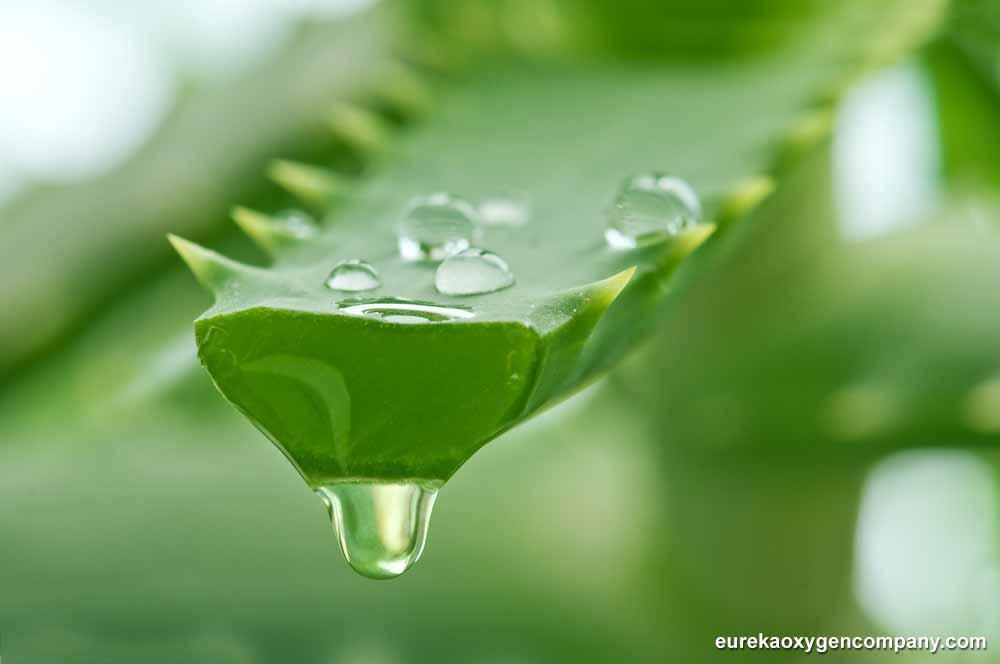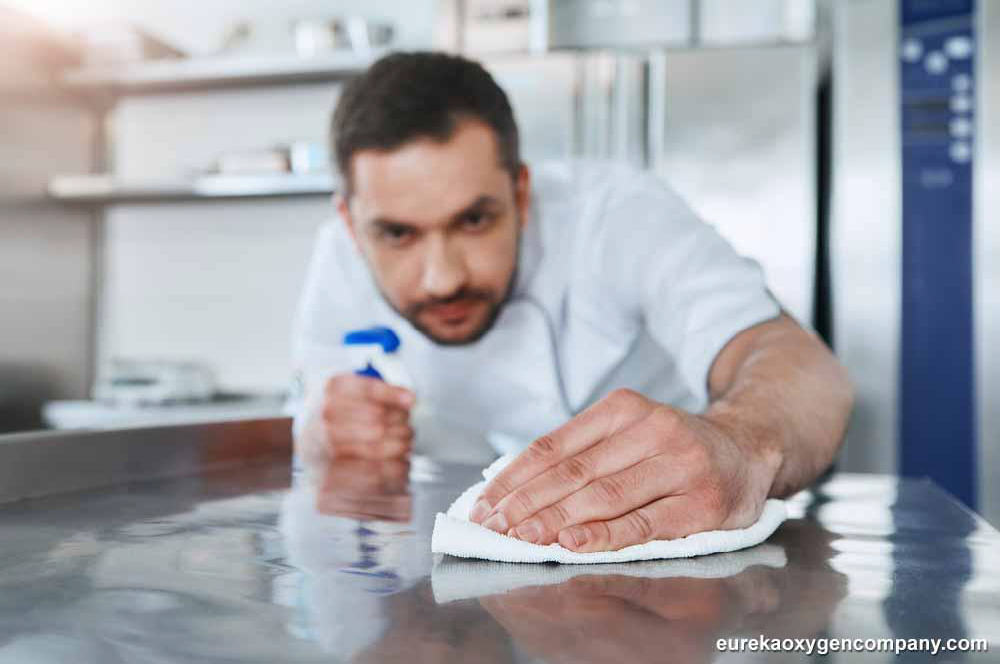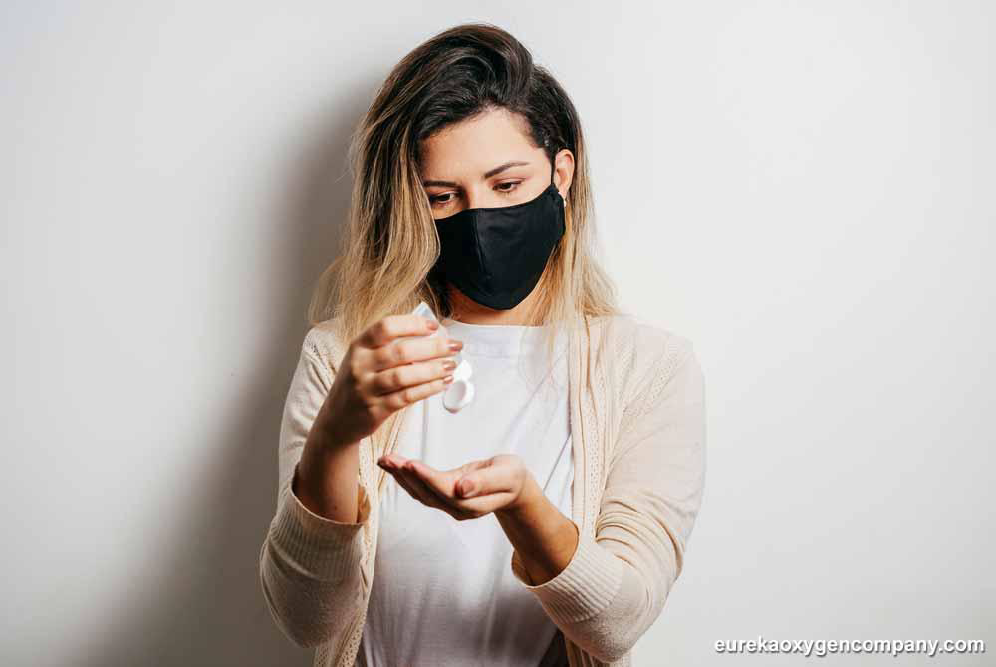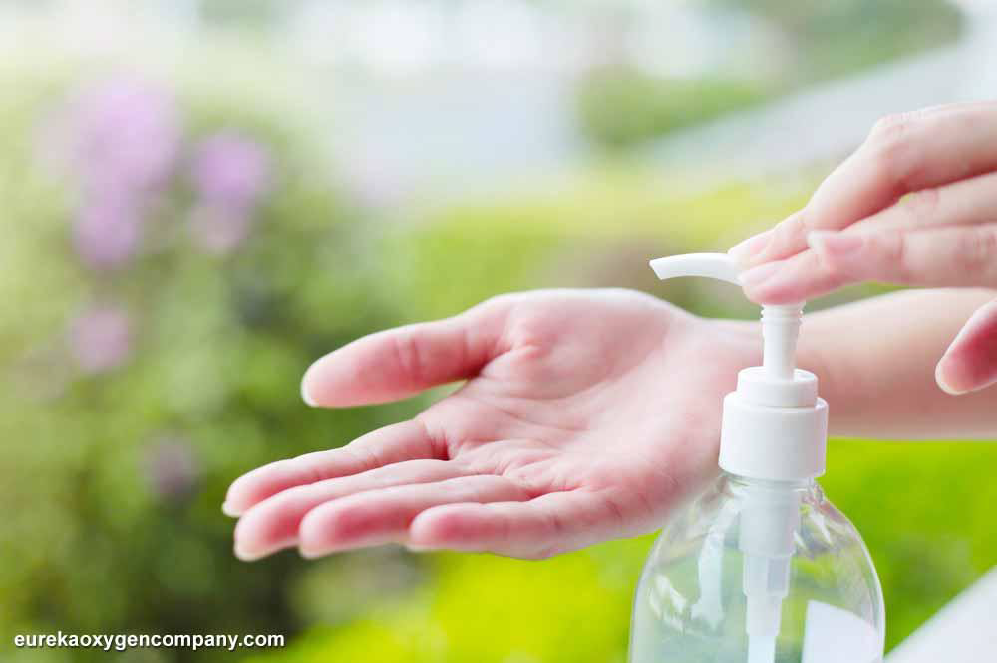In terms of curbing the spread of highly infectious ailments, most notably COVID-19, the best solution laid out for you is old-fashioned thorough handwashing. However, should you for one given reason or the other be unable to access clean water and soap, the next best solution is to use an alcohol-based hand sanitizer whose alcohol content is no less than 60%.
Unless you’ve stockpiled over-the-counter hand sanitizers, you might find it rather difficult to access any online or brick & mortar store products as most retailers are still struggling to keep up with the surging demand for hand sanitizers. Fortunately, with the right ingredients, you can still be able to make your very own homemade hand sanitizer for your use.
Ingredients
- Isopropyl alcohol, 99% alcohol volume
- Aloe vera leaf
- Aloe vera gel extractor
- Essential oil (optional)
- Nitrile gloves
- Funnel
- Kitchen whisk
- Airtight container/bottle

According to the Center for Disease Control (CDC), the key to making an effective DIY hand sanitizer that can eliminate most pathogens including the novel coronavirus, SARS-CoV-2, is sticking with a 2:1 proportion of alcohol to aloe vera. Doing this maintains the alcohol content to at least 60%, which is the bare minimum amount for killing most microbes.

Steps to follow
- As it was earlier mentioned, ensure you make your DIY hand sanitizer in a clean space. Make sure you wipe down the countertops you work on before doing anything else. Then make sure you wash your hands thoroughly.
- Wear your nitrile gloves to avoid your skin coming into direct contact with the isopropyl alcohol, which could cause serious burns.
- Peel the aloe vera leaf to get the “gooey” substance beneath.
- Use the aloe vera extractor to extract the gel, which you should then collect in a clean container.
- Add the alcohol to the aloe vera gel in a clean bowl, and make sure you maintain a 2:1 ratio.
- Proceed to thoroughly mix using a clean spoon and a whisk.
- If you wish, add a few drops of your favorite essential oil to improve the hand sanitizer’s fragrance. Stir well.
- Use the funnel to sieve the mixture into a sealed bottle or airtight container. It is important to state that alcohol evaporates with the passage of time. This definitely means using an airtight container or bottle will enable you to make sure your hand sanitizer will remain effective against germs for longer. Additionally, a pump or squeeze bottle will significantly reduce the rate of evaporation of the alcohol. It will as well make the sanitizer easily accessible for use. Finally, ensure the container you eventually choose is clean before you use it to store your homemade hand sanitizer.
Is this DIY hand sanitizer recipe safe?
As it was previously noted, homemade hand sanitizer recipes should be only used as a last-ditch solution when you are unable to wash your hands the old-fashioned way with soap and water. Some of the issues that could arise if you use the wrong ingredients or proportions of alcohol and aloe vera gel include:

- Poor efficacy means the sanitizer will be ineffective to prevent the risk of exposure to some or in extreme circumstances, all germs.
- Skin irritation, skin injury, or burns.
- Exposure to toxic chemicals through inhaling them.
Lastly, homemade hand sanitizers aren’t recommended for the use of children. This is simply because children are more susceptible to the hazards of improper usage that may trigger a heightened risk of injury. So always keep your DIY hand sanitizer out of the reach of children.
Eureka Oxygen is a leading vendor of a wide variety of quality welding equipment, welding supplies, and industrial equipment with diverse PPE for different workplace environments. We also deal in a wide range of industrial gases for both the industrial and consumer markets.

